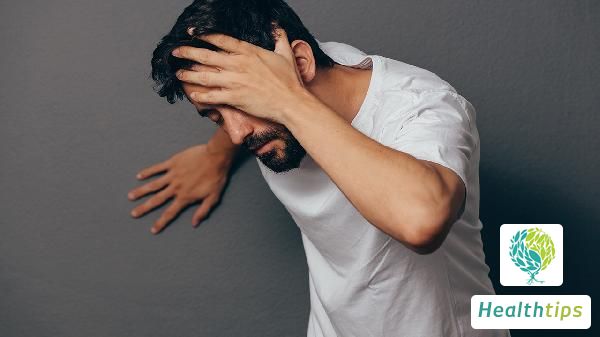How to Treat Spinal Stenosis?
There are two types of treatment for spinal stenosis: conservative treatment and surgical treatment. In the early stages, conservative treatment can be chosen, including oral administration of blood-activating and stasis-resolving drugs, anti-inflammatory and analgesic drugs. If there is no improvement in the later stages, surgical treatment may be required. In daily life, it is recommended to take more rest and avoid strenuous exercise.

1. Immobilization and Rest: Patients with acute spinal stenosis must strictly adhere to these conservative treatment measures, as resting in bed can help the body recover, effectively reducing the compression on surrounding nerves and avoiding local pain caused by activity. If the patient with spinal stenosis experiences severe pain, they can also temporarily immobilize the affected area using a plaster vest or brace under the guidance of a doctor, thereby preventing excessive extension of the cervical spine or lumbosacral region.
2. Surgical treatment targeting the underlying cause: Clinically, this is considered the best method to alleviate the discomfort caused by spinal stenosis. Patients should cooperate with doctors to identify their underlying causes and then undergo targeted treatment. For example, if the patient's condition is caused by lumbar spondylolisthesis, reset treatment should be performed first, and surgical methods such as laser acupuncture lysis may be used.
3. Rehabilitation and healthcare: This is also an important method for patients with lumbar spinal stenosis and an essential measure to ensure the effectiveness of treatment. Rehabilitation methods include traditional Chinese medicine acupoint massage, acupuncture, and medication. Especially after treatment, patients with spinal stenosis can immobilize their waist under the guidance of a doctor. After 1-2 days, they can perform functional exercises based on their recovery.



















